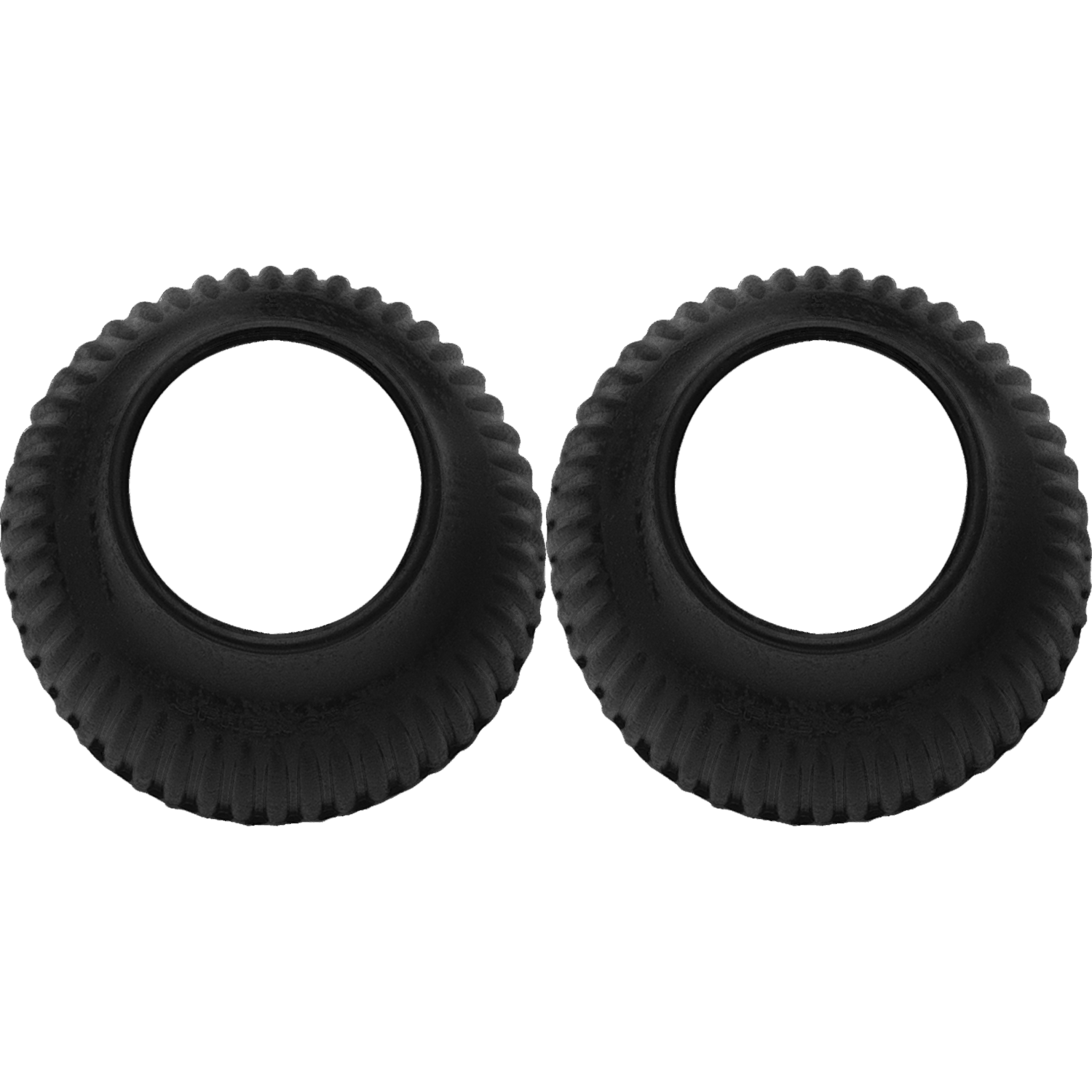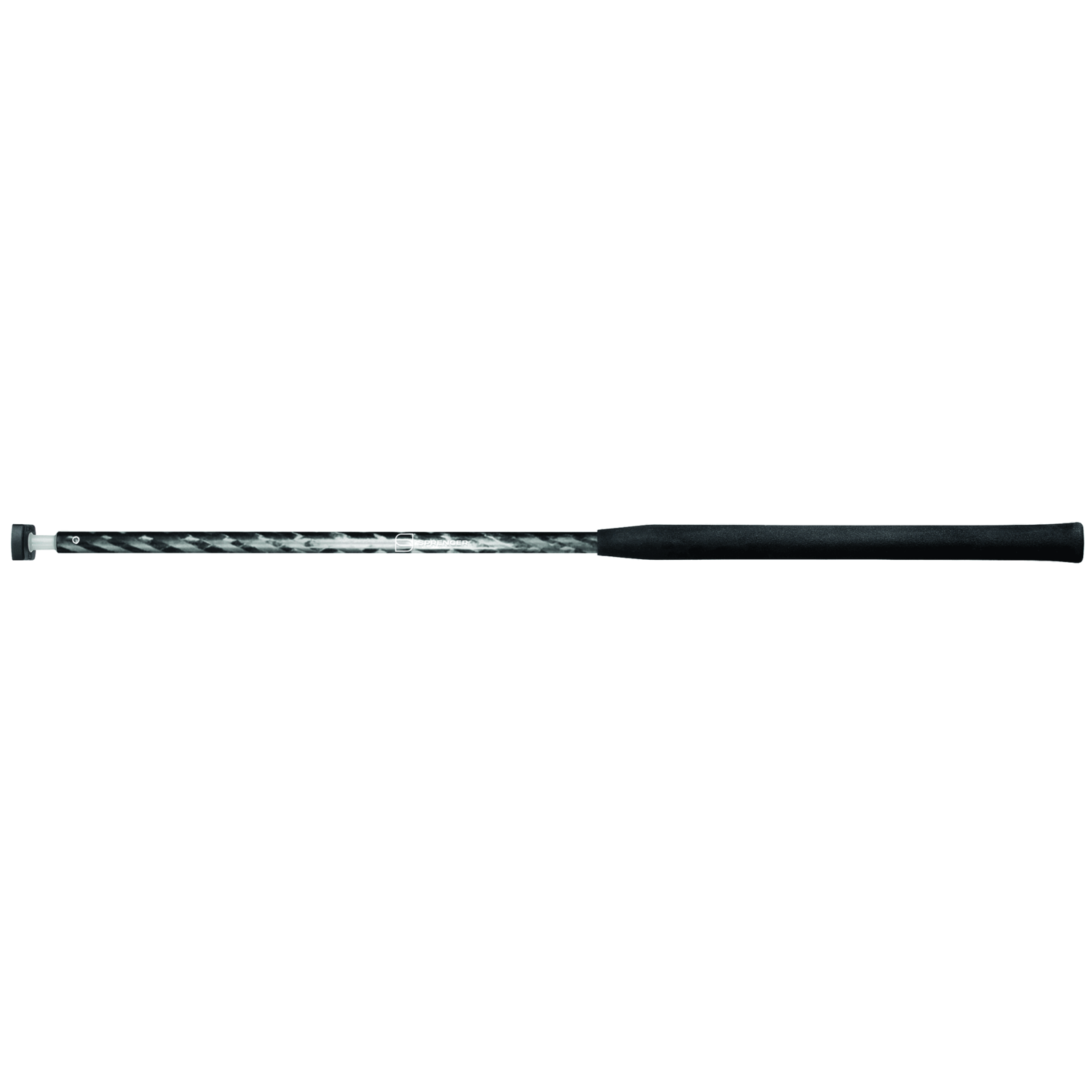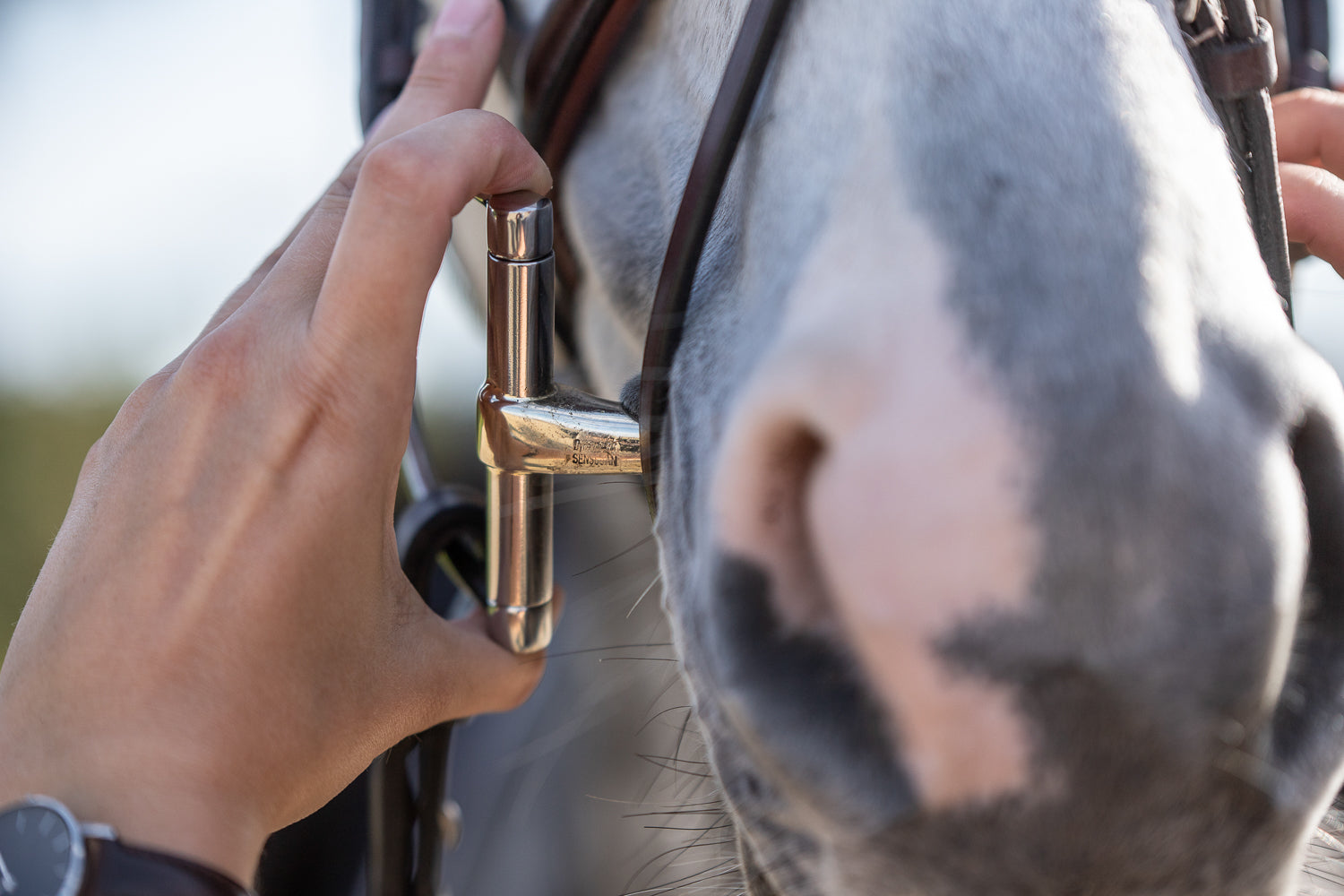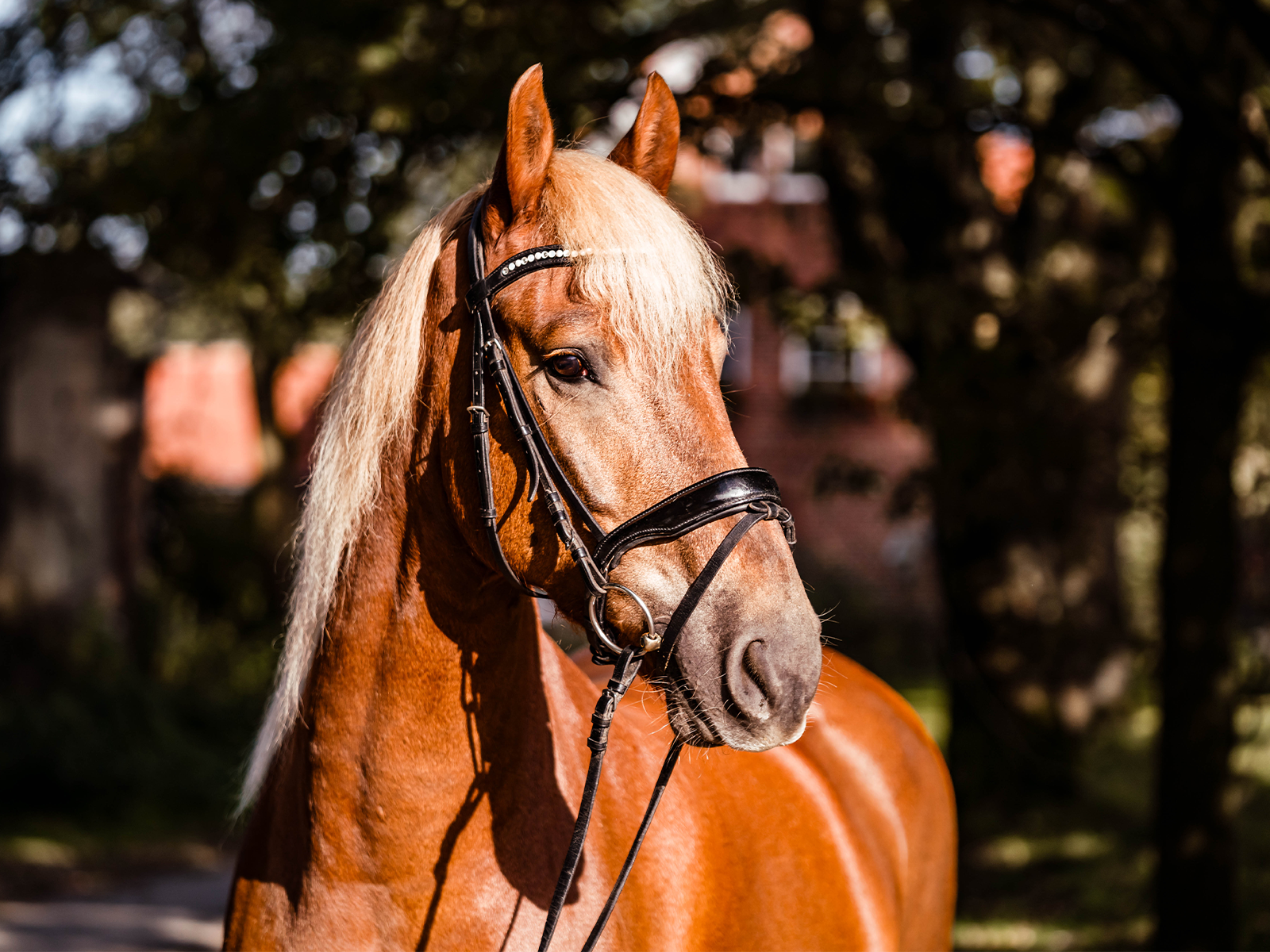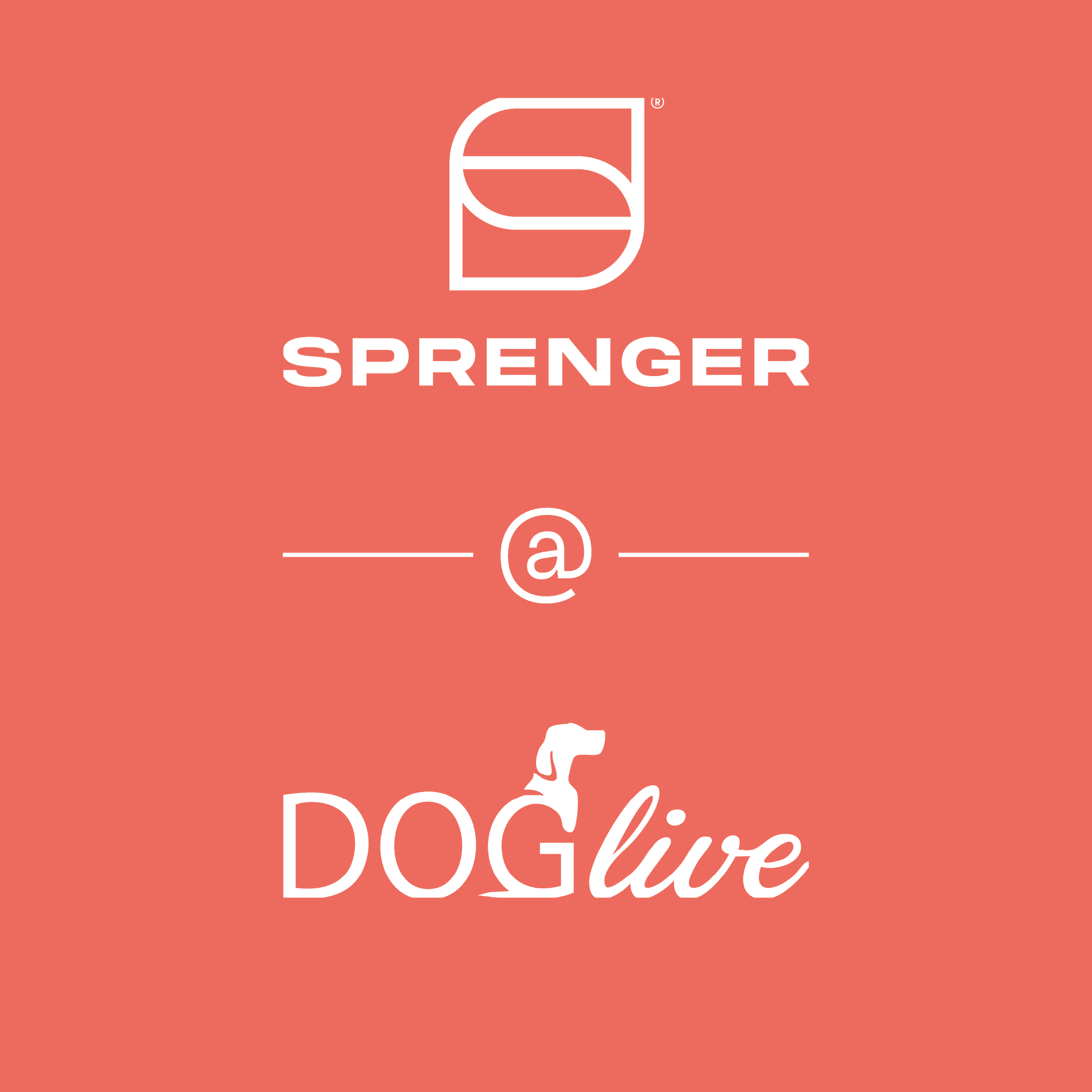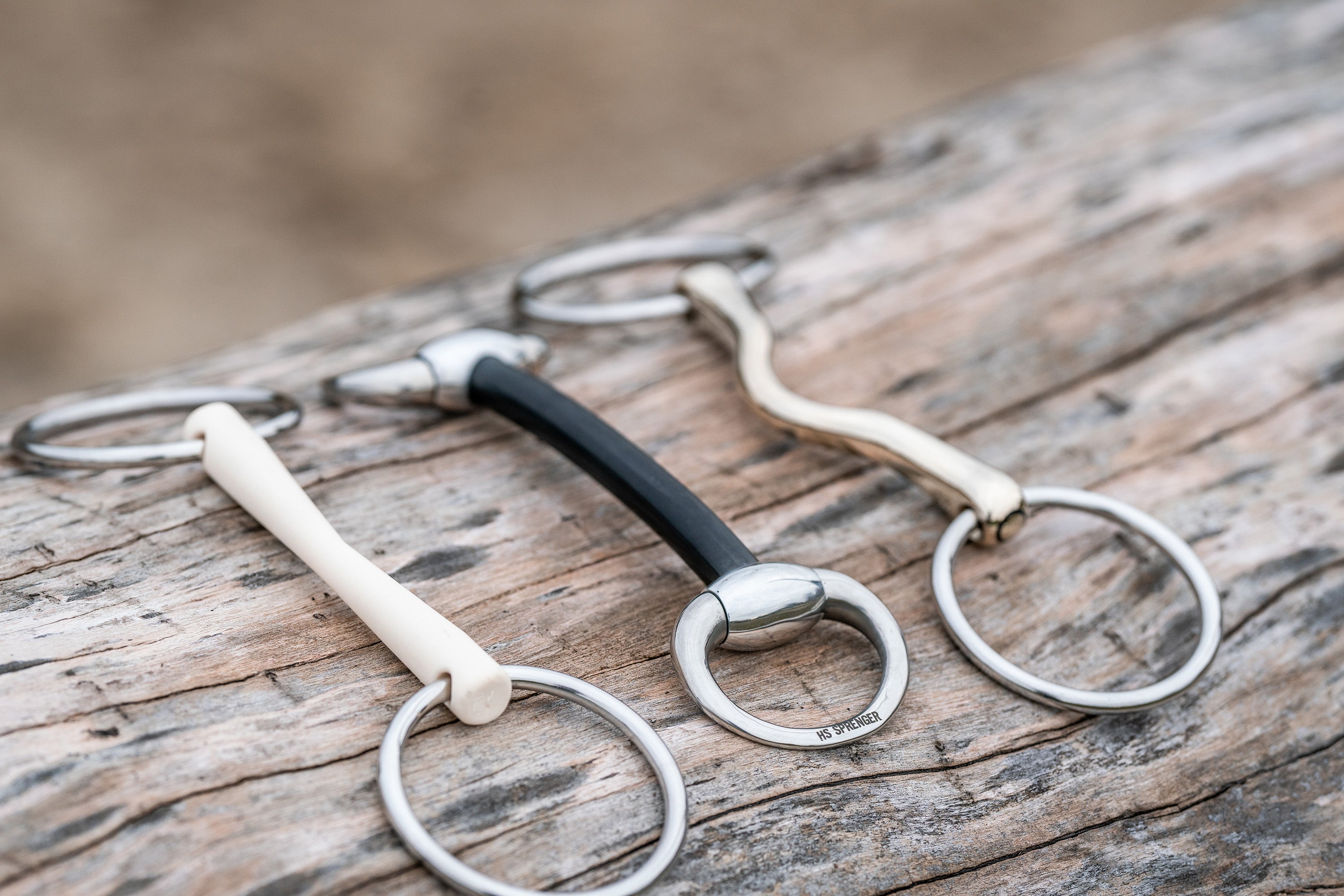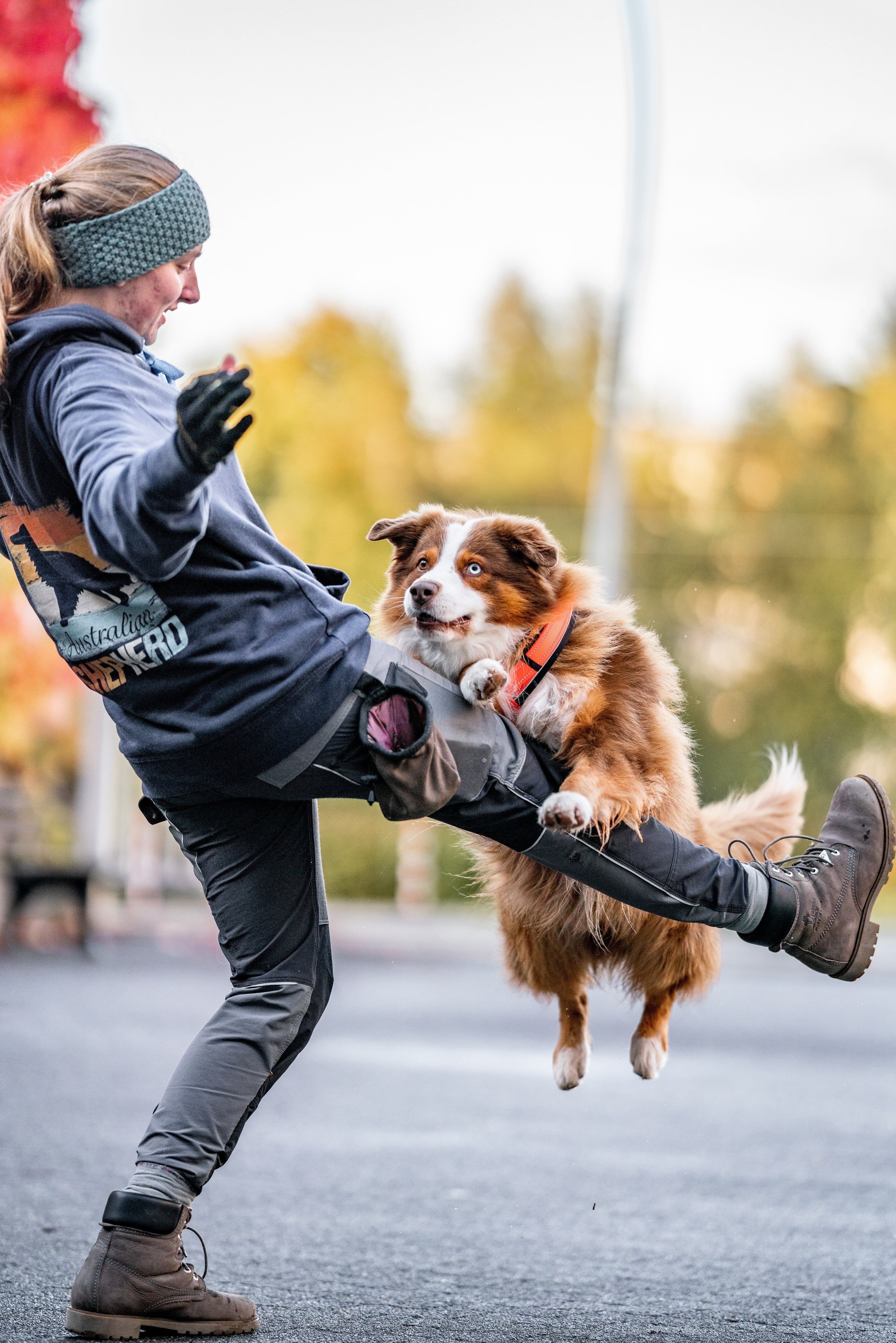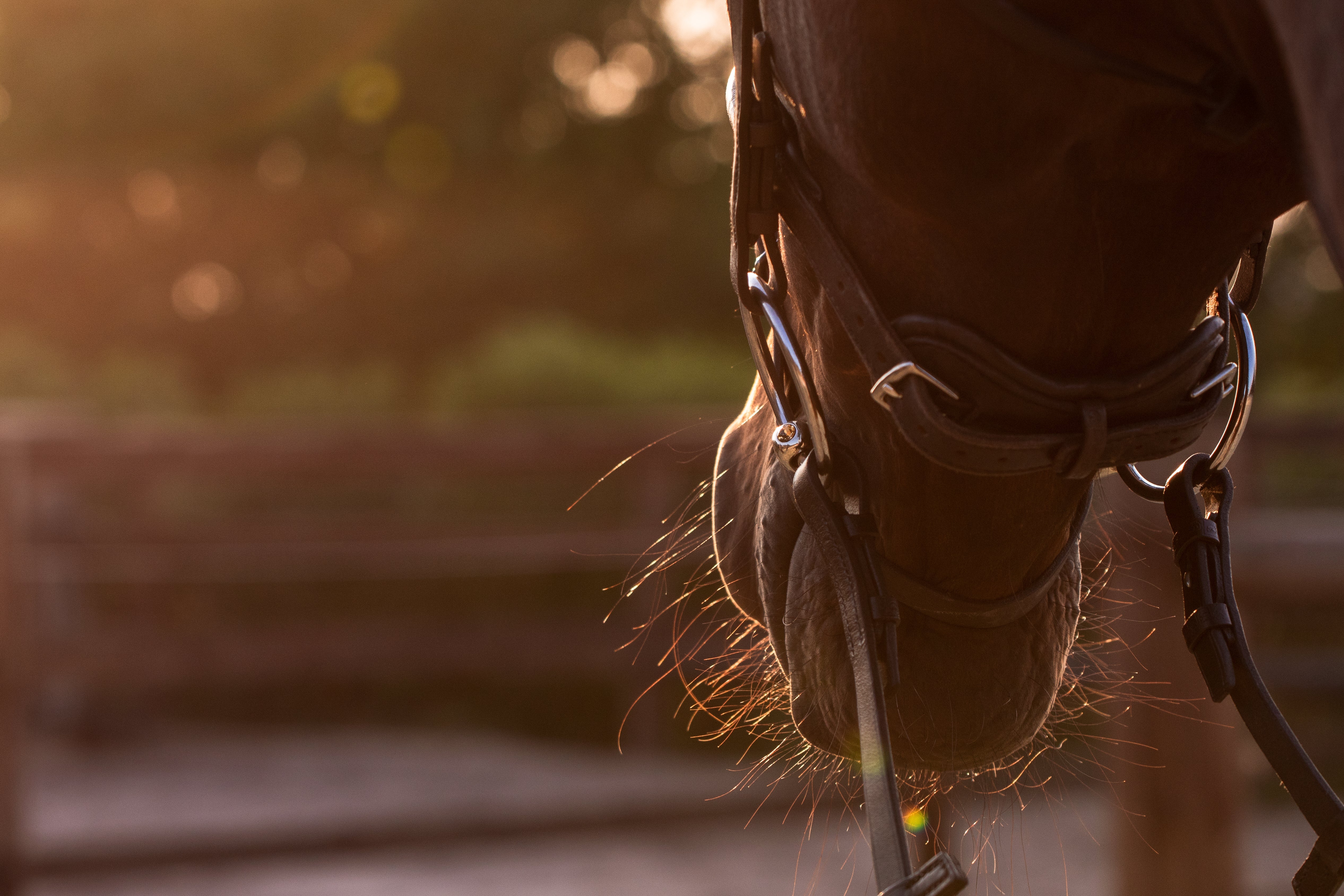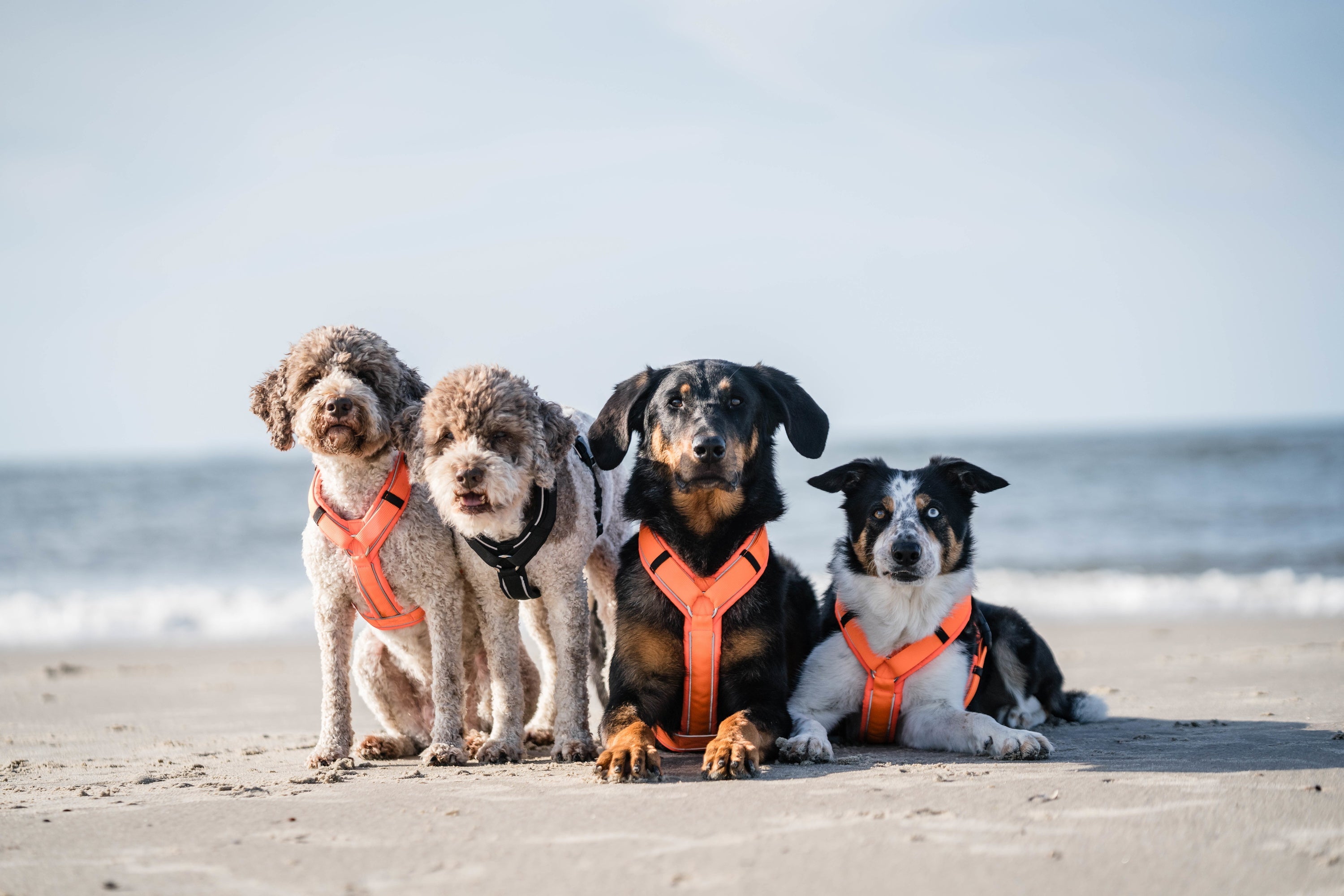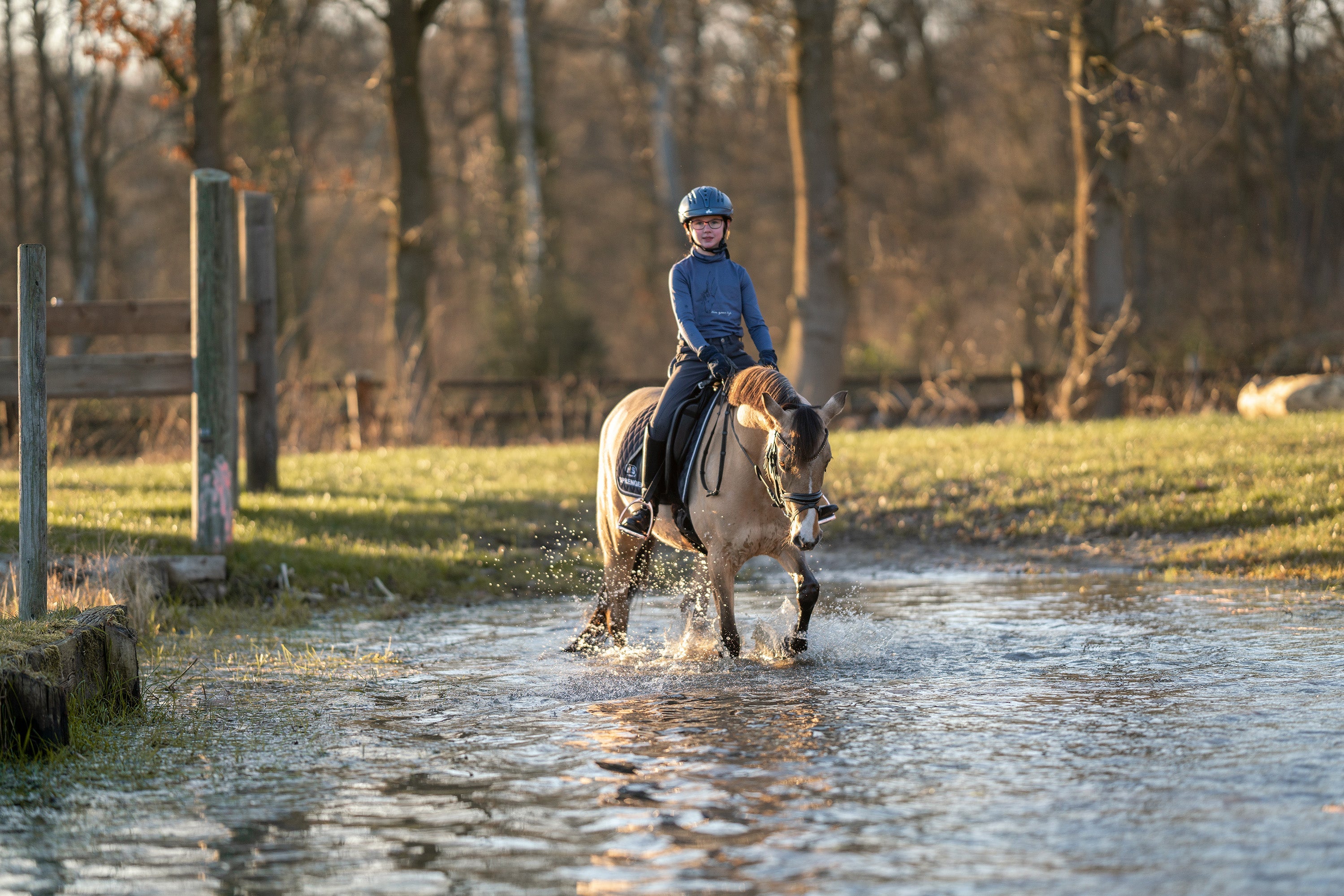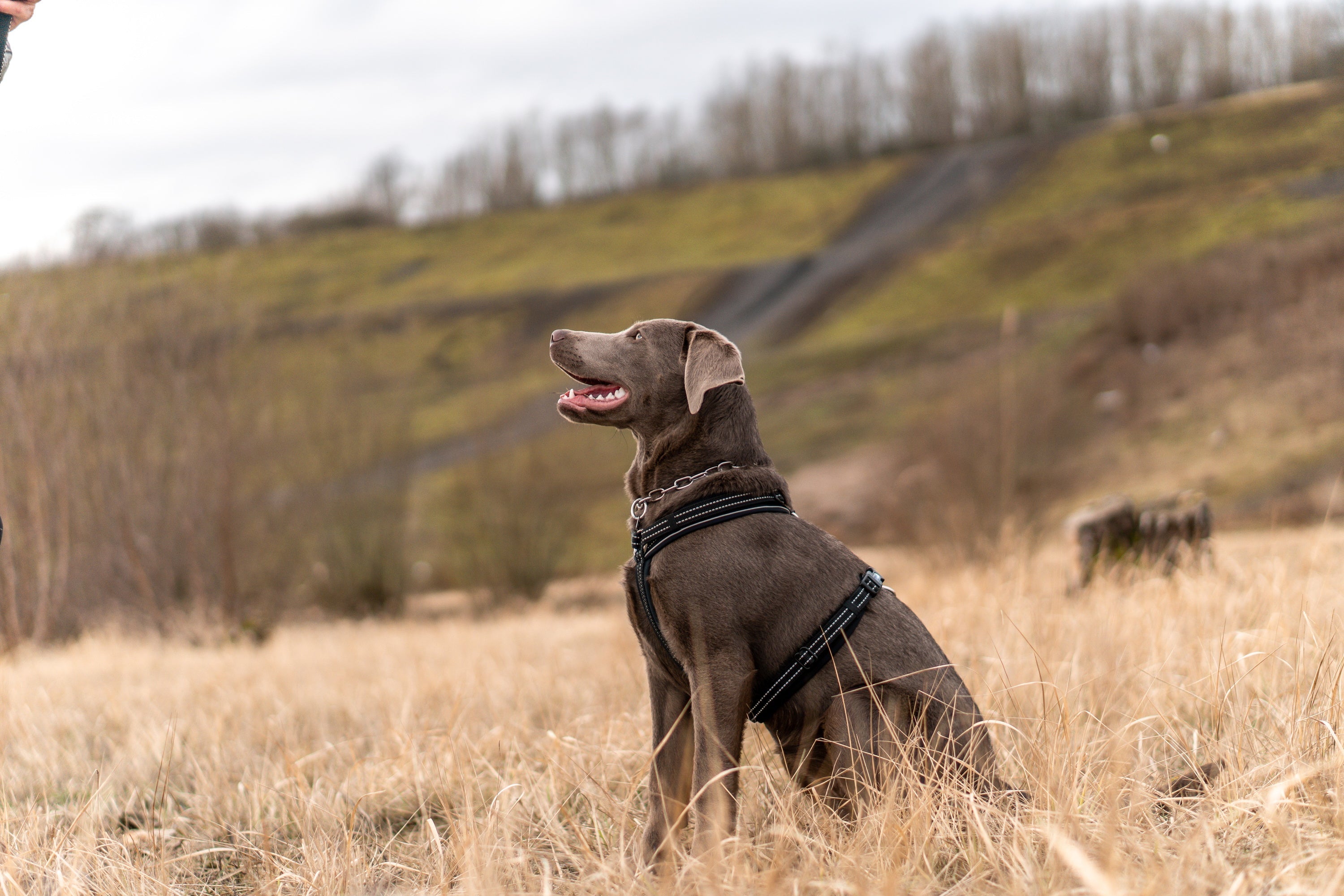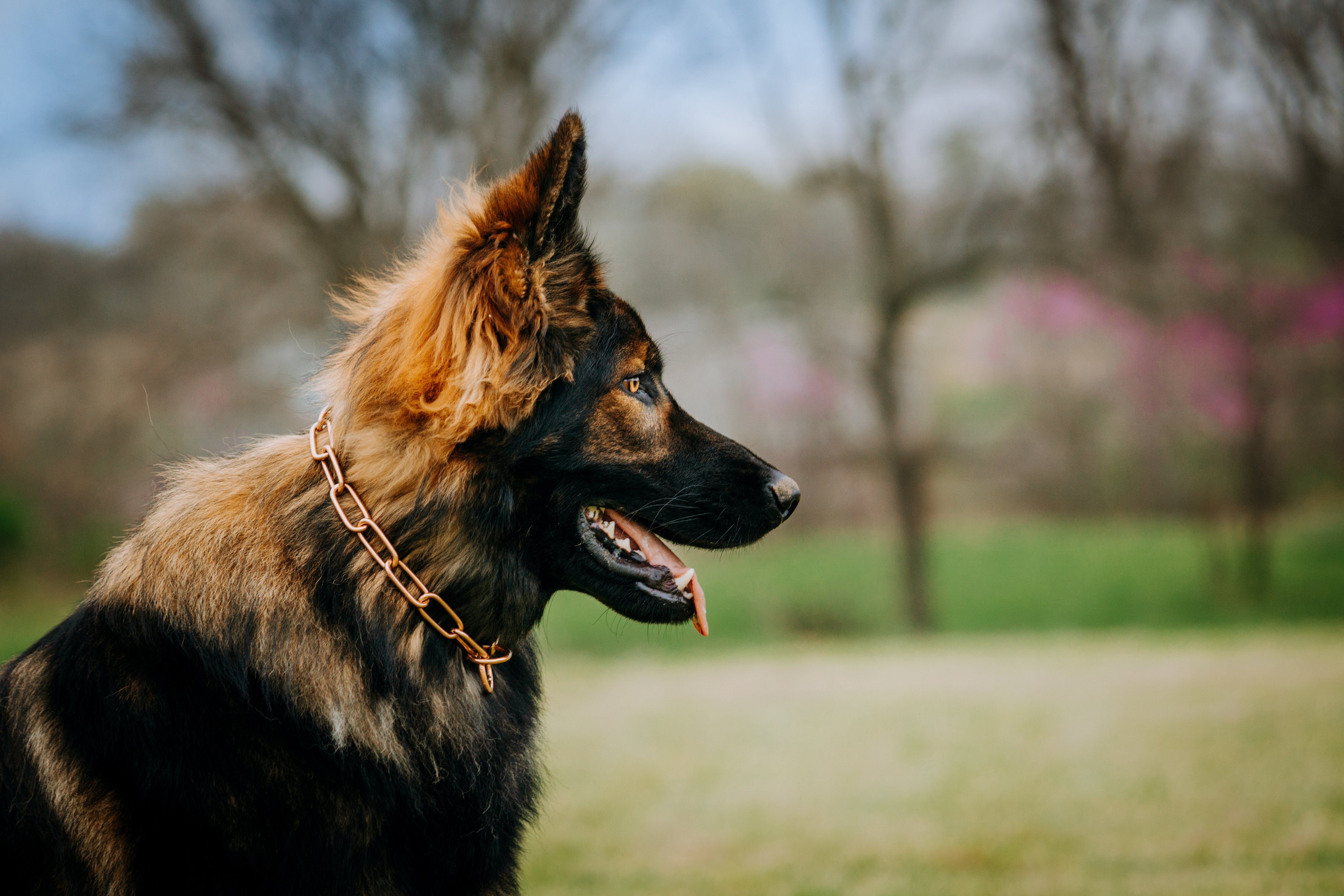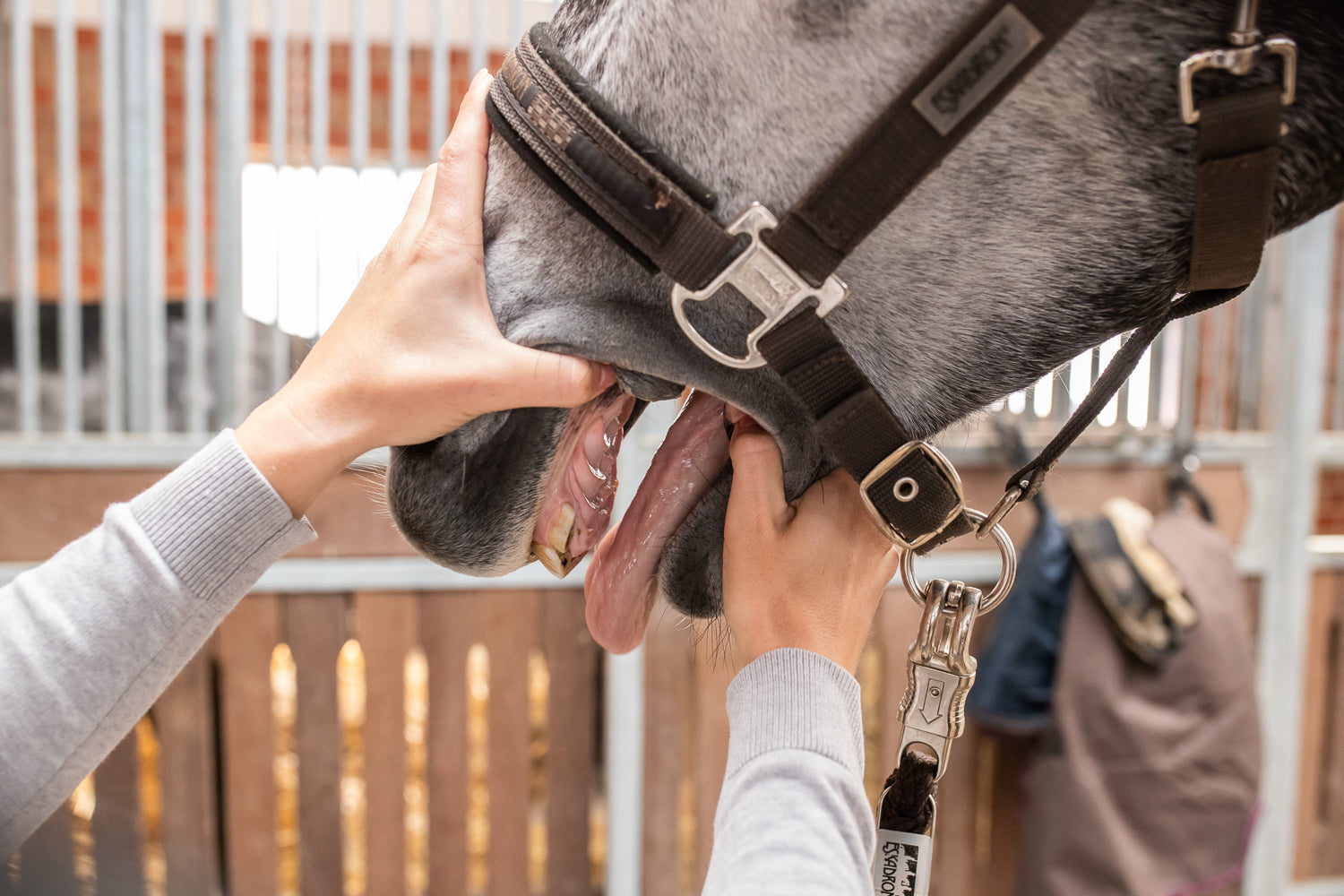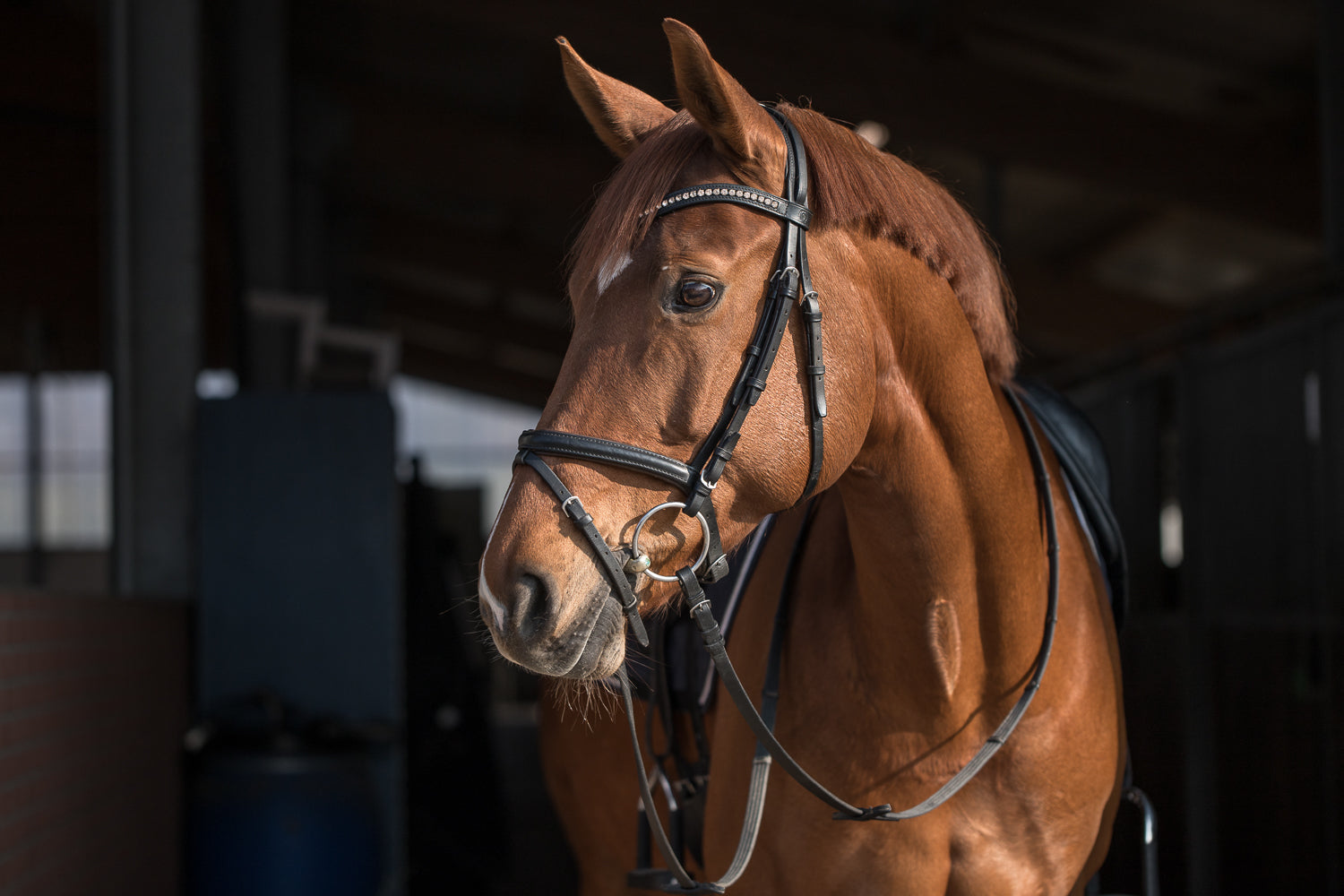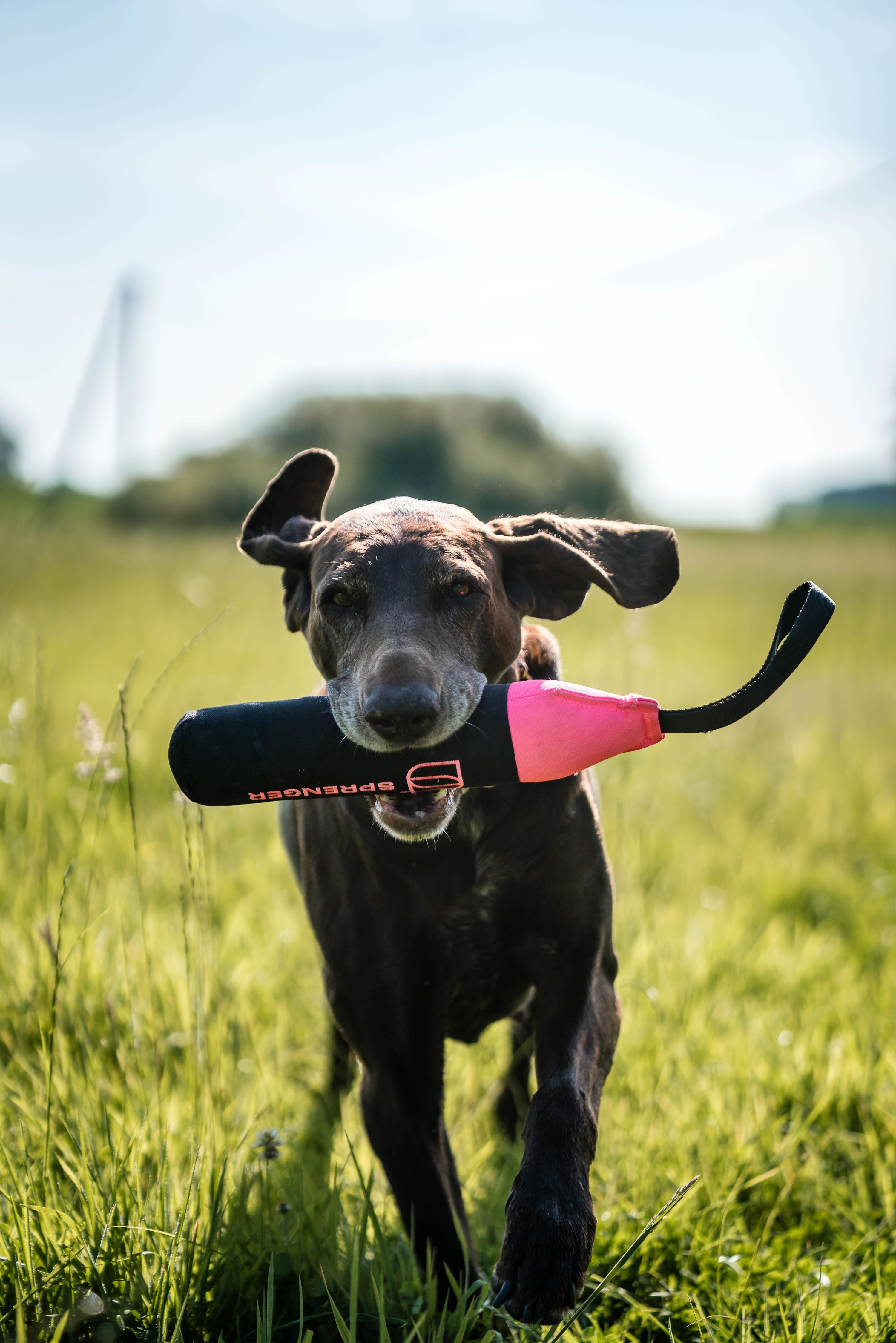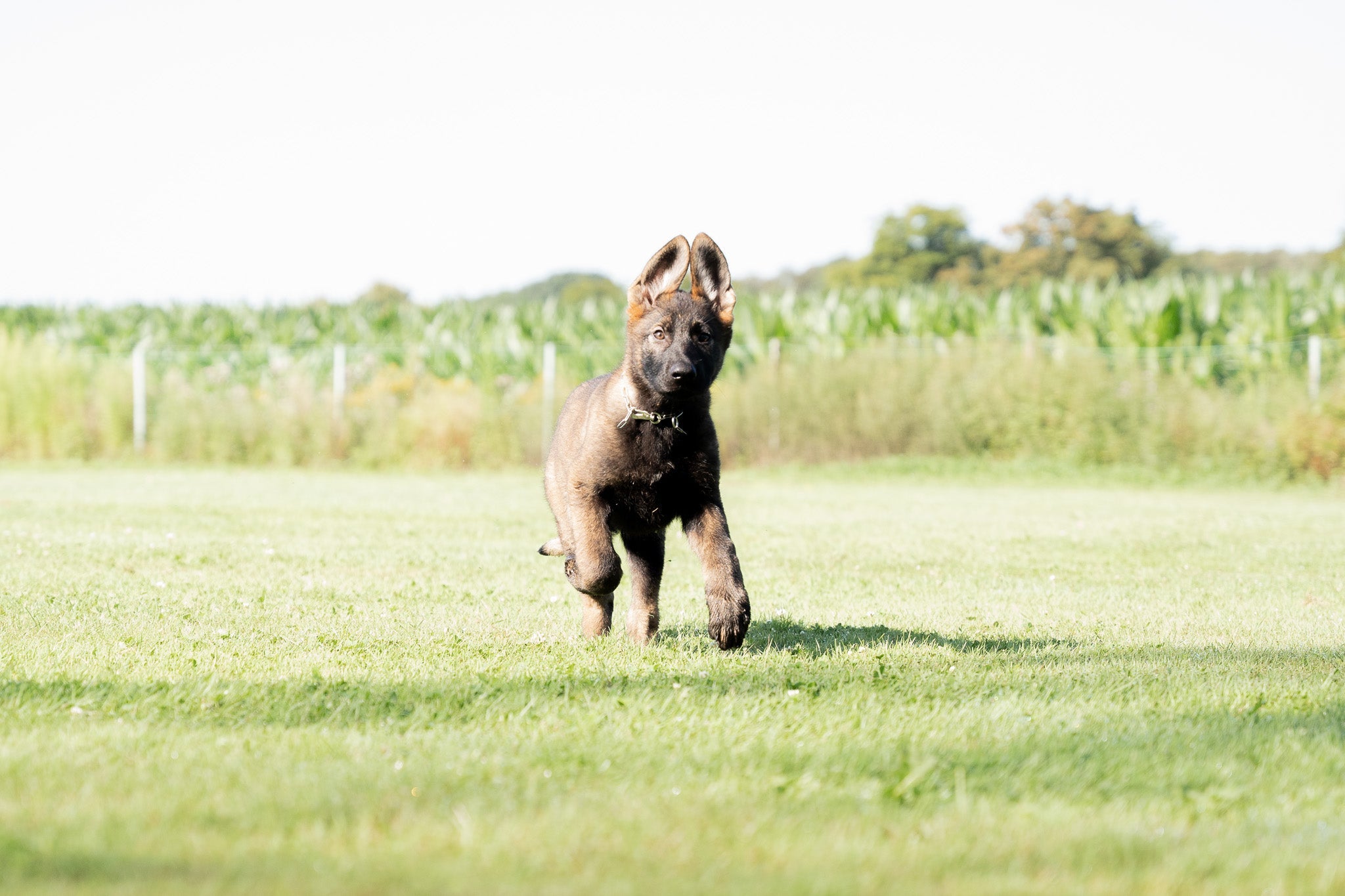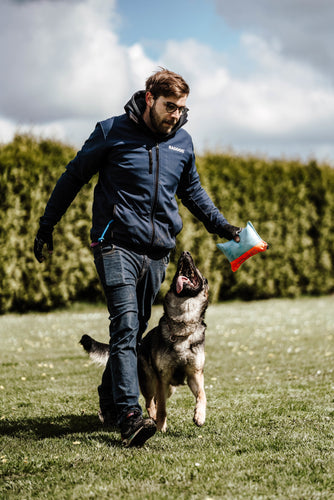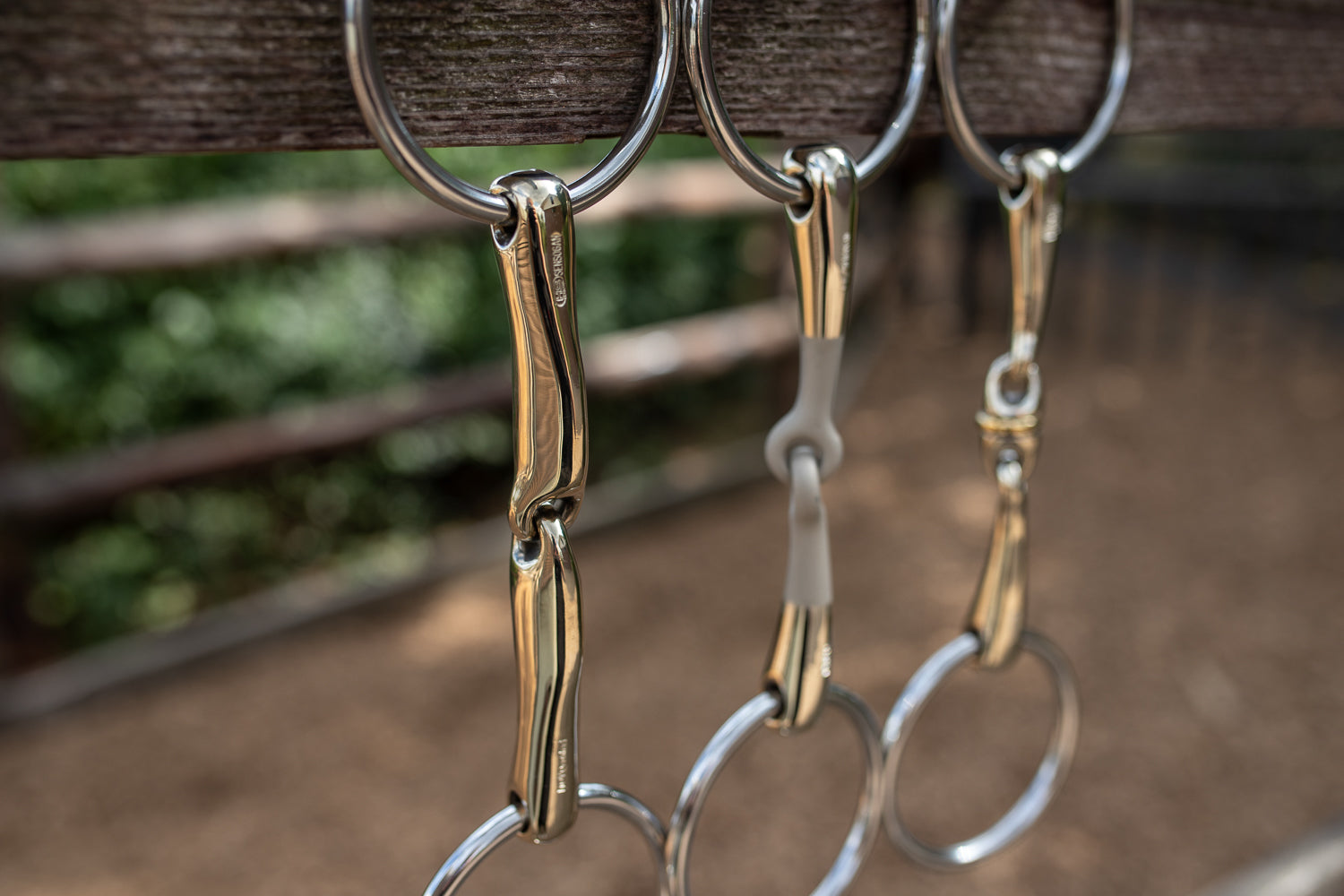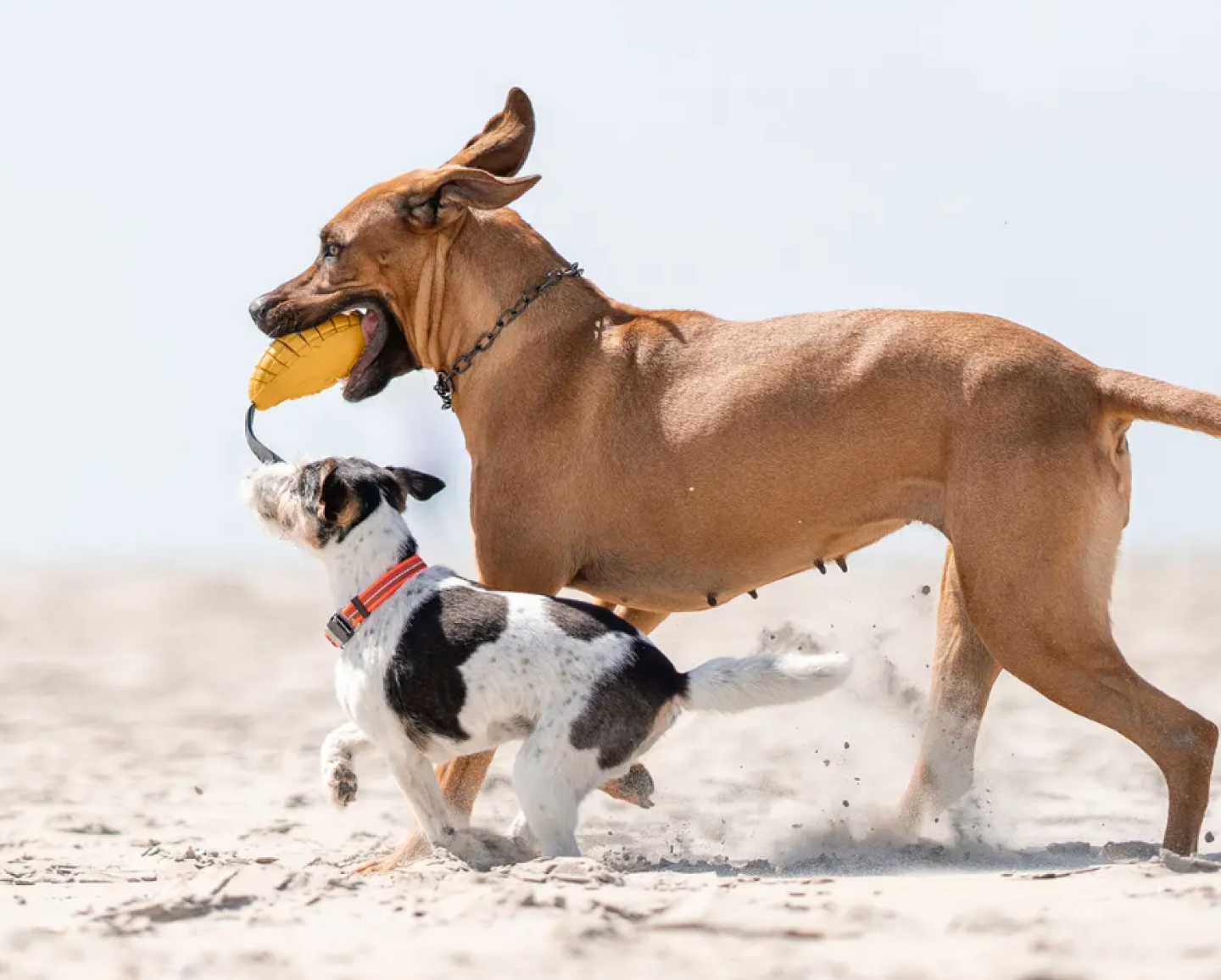We’ve been to see Jessica, who’s been a SPRENGER partner since 2021, and her horses and asked here some questions. Now, we want to share the answers with you!
Dressage, often described as the highest expression of horse training, requires a harmonious connection between horse and rider. In this blog post, we'll explore valuable tips and personal insights shared by accomplished rider Jessica Süss. Whether you're a novice or an experienced equestrian, these practical tips and reflections can help enhance your training sessions and improve your overall riding experience.

The Start of it All – Effective Warm up
Just like we would warm up before going for a jog, your horses body needs to be prepared for the upcoming training session. Warming up prepares muscles, tendons and joints for the upcoming strain, it raises the heart-rate and increases the oxygen circulation so take your time and let your horse walk for at least 10 minutes. Apart from reducing the risk of injury, the warm up provides suppleness, which in turn makes the work phase with you sports partner easier. Encourage your horse to stretch their topline long and low to allow your horse to stretch thoroughly. Then start taking up the reins a bit and add trot and canter to your warm up phase. Always try to remain in a froward-downward stretch. Transitions and working both hands help with a thorough preparation for the upcoming training and increase suppleness and rideability. For the beginning of your session you should stay on wide, bended lines, increasing self-carriage and work towards a more collected frame towards the end of warming up.
Here are three tips from Jessica for a successful warm up:
“My three tips for warm up are: wide and curved lines, transitions: trot-canter, canter-trot and work both reins, work the preferred side and the inferior side evenly. This way the horse has time to warm up and muscles and tendons and ligaments can loosen up.”

Tackling Problem Movements
We all struggle with a specific movement either because we as rider have our difficulties with it or, because our horse is still getting the hang of it. Jessica suggests what we should keep in mind: “When a certain exercise starts to become problematic don’t get stressed and bogged down. Try facing the exercise with coolness and as casual as possible. Switch to trying something else and then go back to facing the problem and then you’ll see it’s not even a problem anymore.”
Of course it’s absolutely legitimate that we have our favorite movements and ones we don’t really like, but have to work on nonetheless. For Jessica walk pirouettes are an ongoing struggle, because they’re so different with every horse. “One horse has a more forward walk, the other less and then the walk pirouettes always feel different, large, small, twisted. So, the master plan for walk pirouettes? I don’t have one.“
And what’s her favourite thing to ride? Definitely “piaffe, when the horses start to dance beneath one. As a rider I’m just sitting and feel the horse beneath in the highest form of collection as it piaffes, easily, without pressure or letting tension build up. That’s something I could do all day long.” The highest form of collection is something that takes a lot of strength and suppleness is simply wonderful to watch when ridden correctly and without pressure.
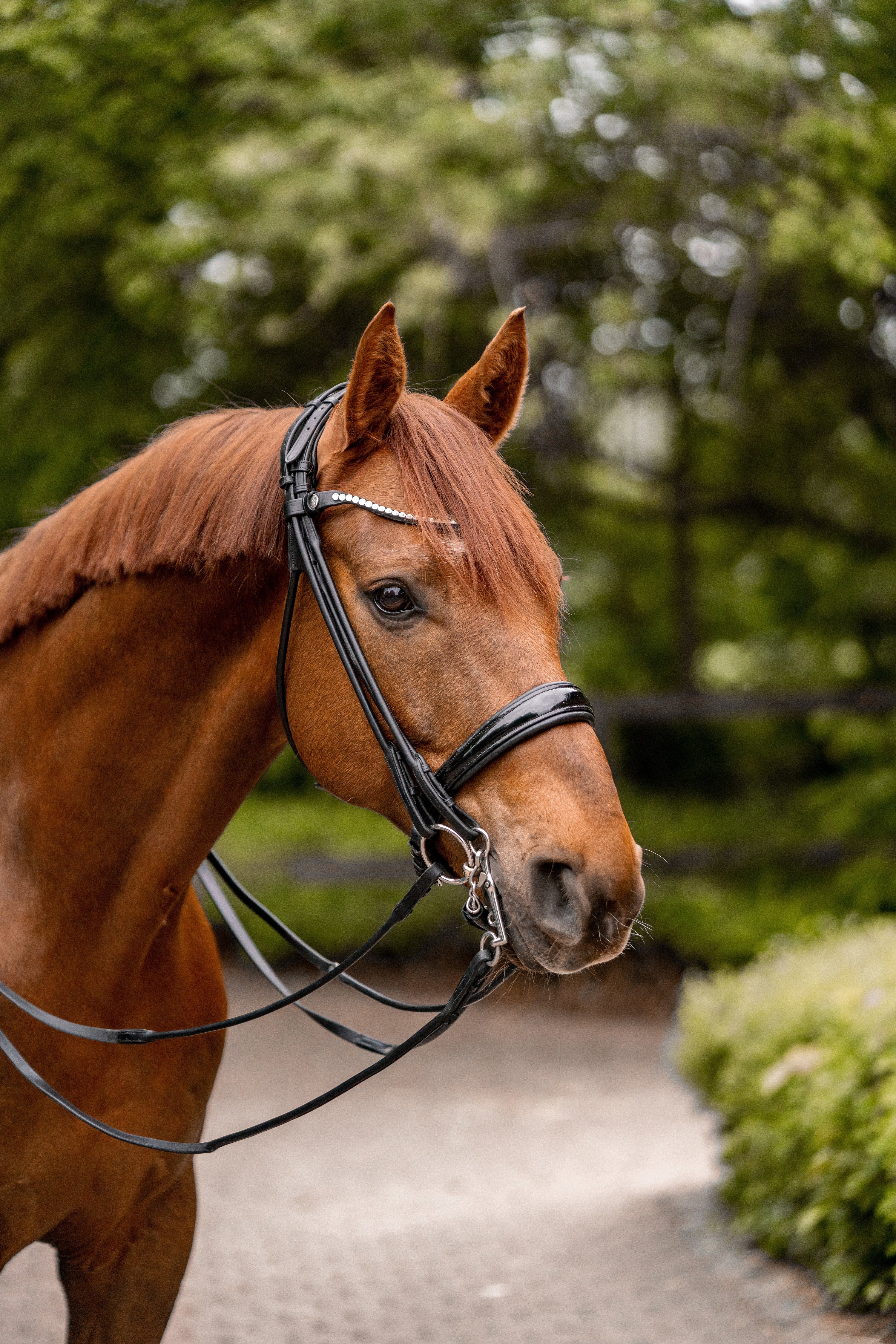
Riding on a Double Bridle
As every dressage rider wanting to compete at higher levels sooner or later has to come into contact with the double bridle, we wanted to know when a horse is ready to be ridden on a double bridle and how it should be introduced to it.
SPRENGER: When is a horse ready to be ridden on a double bridle?
Jessica: “I always try to have the horse as supple on a normal bit, have them react to every bend and rein aid I ask for. Using a double bridle doesn’t make things easier, rather more delicate. In regard to the age of the horse: they are allowed to be ridden on a double bridle at shows from age 6. I start working my horses on a double bridle once they’re 7. Until then I try to have the horse as supple and content as possible on a normal bit, so they don’t feel a difference when switching to the double bridle.”
SPRENGER: And how would you introduce your horse to a double bridle?
Jessica: “When I first switch to a double bridle on one of my horses, I try not to ask for all exercises at once. Rather I want to give them a positive feeling and only ride them casually, e.g. only ask for a supple jog or maybe hack out at the end. This way it doesn’t feel like much of a difference for the horse. Additionally, I always try to have more contact on the bradoon than on the weymouth bit.”
What also helps with the transition is a well fitting weymouth bit that fits perfectly to the horses anatomy of the oral cavity. Our HO weymouth bit has a slanted mouthpiece with a smooth, rounded and slightly forward angled port, which relieves the center of the tongue and lowers the pressure on the tongue edges. This gentle weymouth bit is the perfect choice for introducing horse and/ or rider to the double bridle. You can learn more on how to correctly fit a double bridle in our corresponding article.
Speaking of the rider… when should a rider start on a double bridle? Jessica thinks it “has to be agreed with a coach and it always has to take place with a coach, who can correctly explain everything.” The rider should be able to sit independently of the hand and have a supple horse beneath them on a normal bit. If “the hand is soft and works in a controlled manner, then riding with a double bridle works and can be practiced. If one has the problem of not being able to sit and tends to hold on to the reins, which of course generally shouldn’t be the case, it’s difficult to ride on a double bridle because you’d quickly become unjust. That’s why: first independent seat, suppleness of the horse, on a normal bit, have them on very fine aids, then riding with a double bridle isn’t a problem”, Jessica states.


